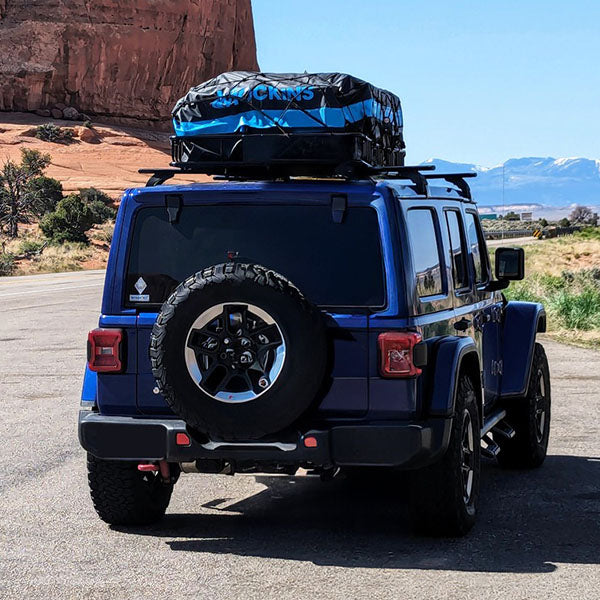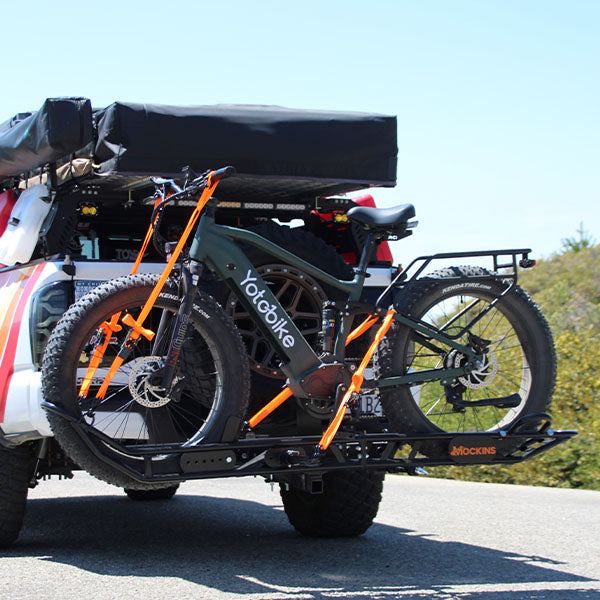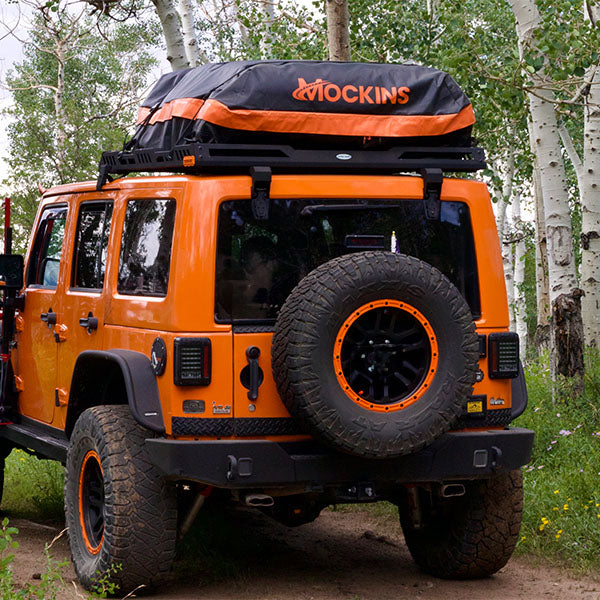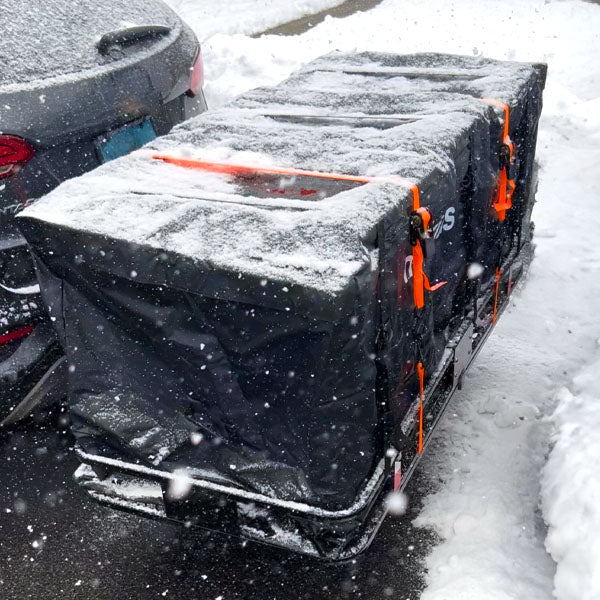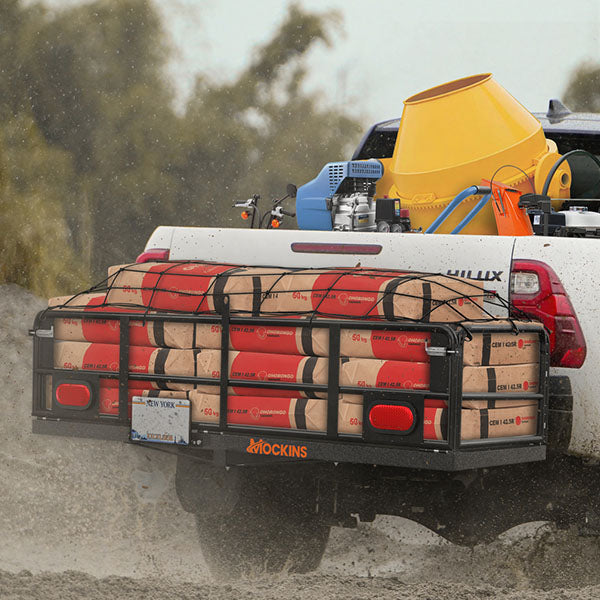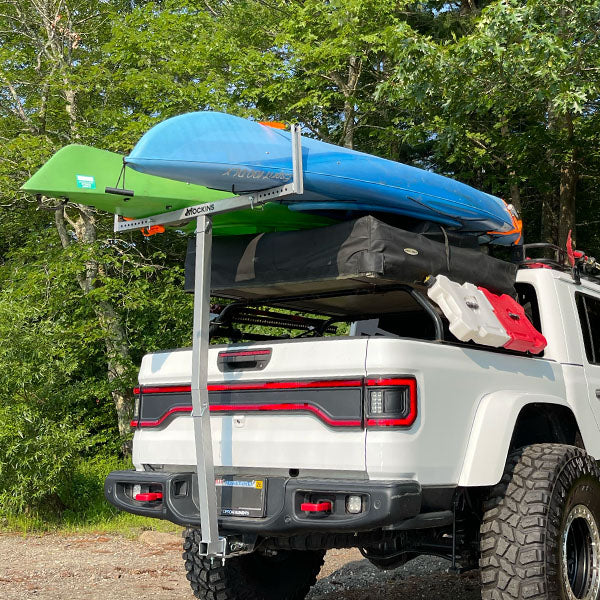The mighty cargo carrier. That majestic beast that promises to transform your vehicle into a veritable chariot of overlanding glory. But as any seasoned road trip veteran will tell you, installing and using a cargo basket is not always a smooth ride down the scenic byway. No, it’s a journey filled with bumps, bruises, and the occasional bout of mild insanity. Buckle up, fellow traveler, as we navigate the common issues encountered when dealing with these hauling wonders.
You can also check out any of our Mockins hitch mount cargo carriers, designed and manufactured by Mockins, a USA based company.
The Installation Saga: A Comedy of Errors
-
The Manual of Mystery The first challenge often begins with deciphering the installation manual, which seems to have been translated from an ancient dialect by a very enthusiastic but somewhat confused AI. Diagrams that make IKEA instructions look like child’s play, and steps that seem to assume you have three hands and a Ph.D. in engineering.
Pro Tip: When in doubt, consult YouTube. There’s always a kind soul who has braved the labyrinth before and lived to upload the tale.
-
The Bolt Boondoggle Just when you think you’ve got it all figured out, you encounter the bolt boondoggle. Inevitably, there will be one bolt that refuses to cooperate. It will strip, it will cross-thread, it will mock you with its stubborn refusal to fit where it’s supposed to.
Pro Tip: Have a backup set of bolts handy and invest in a decent socket set. And remember, swearing at it does not help, but it does provide emotional relief.
-
The Hitch Hitch-Up Aligning the cargo carrier with your vehicle’s hitch sounds straightforward enough, until you’re contorted into positions that would make a yoga instructor proud, trying to get the darn thing to slide into place.
Pro Tip: Use a jack to hold the carrier at the right height, and enlist a friend to help guide it in. If you’re alone, a well-placed foot and a bit of elbow grease will do the trick.
On the Road: Adventures in Aerodynamics and Physics
-
The Wobble Woe You’ve finally got your hitch rack installed and loaded, but as soon as you hit the highway, it starts to wobble like a jellyfish on a pogo stick. This is not only annoying but also potentially dangerous.
Pro Tip: A hitch stabilizer is your best friend. It will stabilize the carrier and ensure you don’t end up sounding like a one-man band going down the freeway.
-
The Wind Resistance Riddle Wind resistance–that invisible force that turns your sleek vehicle into a fuel-guzzling sailboat. A loaded cargo rack can wreak havoc on your gas mileage, not to mention the occasional terrifying gust that makes you question your life choices.
Pro Tip: Distribute the weight evenly and keep the heaviest items as low as possible. Consider investing in a streamlined cargo bag to cut down on drag.
-
The Rear View Roulette With a fully loaded car basket, your rear visibility can go from crystal clear to “is that a car or a buffalo behind me?” in no time. This can make lane changes and reversing exercises in extreme caution.
Pro Tip: Invest in a rear-view camera or a set of extra-large side mirrors. And always double-check your blind spots. Your carrier is a trusty steed, but it does have a hefty behind.
Maintenance Mysteries: Keeping the Beast Tamed
-
The Rust Riddle After a few trips through rain and snow, your roof rack cargo carrier or cargo hitch carrier starts to show signs of rust, turning your shiny accessory into a mottled mess. Rust not only looks bad but can also weaken the structure over time.
Pro Tip: Regularly check for and treat rust spots with a good rust converter or paint. Keep your carrier clean and dry when not in use to prolong its life.
-
The Loose Lug Nuts Lament Vibration and road conditions can cause bolts and nuts to loosen over time. This can lead to a precariously wobbling carrier or, in extreme cases, a complete detachment. Yikes.
Pro Tip: Before every trip, do a quick inspection and tighten any loose bolts. A bit of thread-locking compound can help keep things secure.
-
The Grime Grievance Road trips mean dirt, grime, and the occasional splattered bug. Your cargo carrier will bear the brunt of these assaults, turning it into a filthy, unrecognizable mess.
Pro Tip: Regular cleaning with mild soap and water will keep your carrier looking sharp. A bit of car wax can also help protect the finish.
Find Peace in the Unexpected
Despite the trials and tribulations, the cargo carrier remains a steadfast ally in your overlanding adventures. Each hiccup and hurdle is just another story to tell, another badge of honor in your travel tales. So, let go, laugh at the mishaps, and carry on. The open road awaits, and your vehicle cargo carrier is ready for the ride. Happy travels, and may your journey be as smooth as your hitch installation (eventually) becomes!



